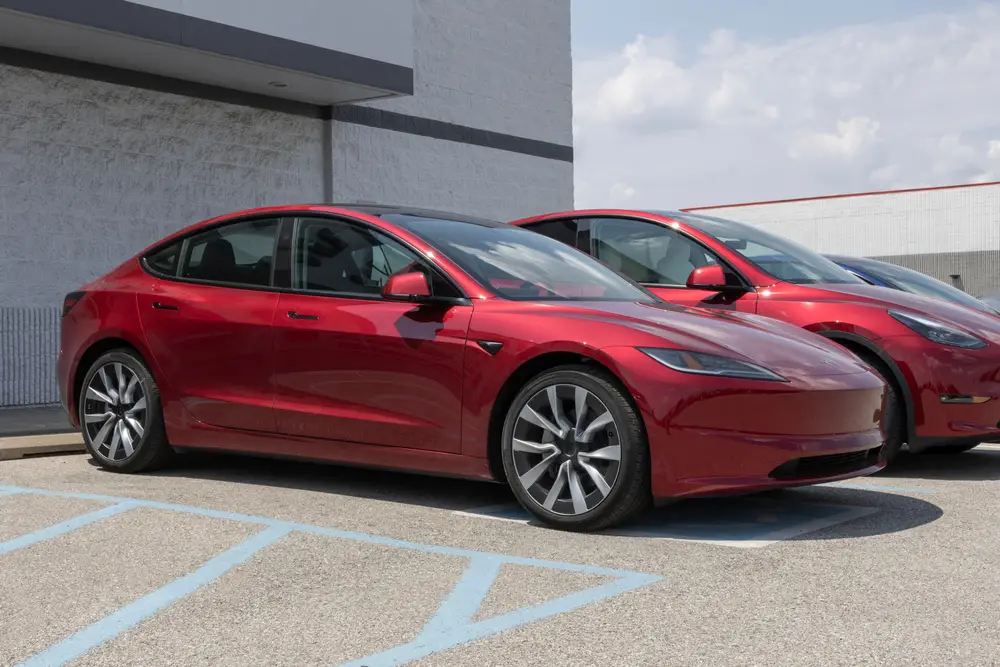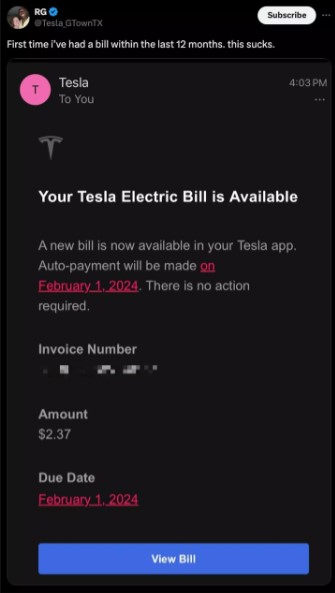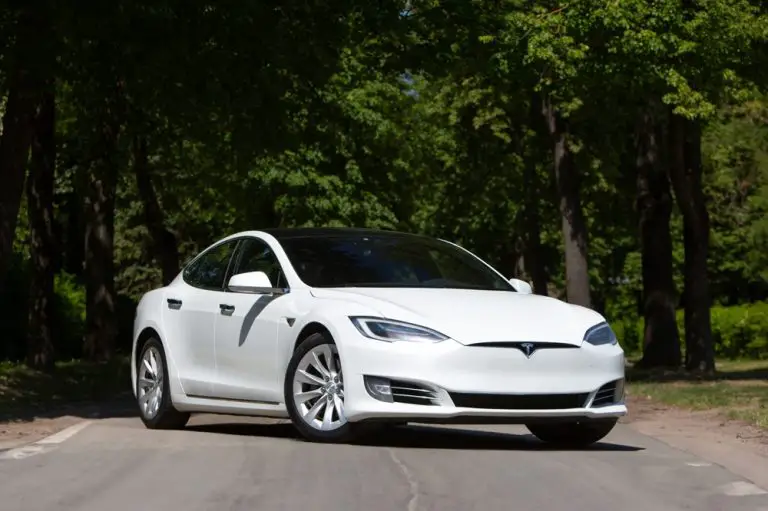A Tesla driver recently shared their electric bill for the past 12 months, leaving many shocked at the low total of just $2.37. The Tesla owner posted the bill on Twitter, stating that this was the first time they had received a bill in a year, humorously adding that it “sucks” to have a bill at all. The driver revealed that the secret to the minimal electricity cost was using solar panels and a Tesla Powerwall to charge their car, drastically reducing their reliance on the power grid.

Although many were impressed, others were skeptical, with some users questioning how it was possible to have such a low bill. However, the driver explained that the upfront cost of the solar panels and Powerwall, which can exceed $11,000, was a significant investment but saved money in the long run. This system allows them to store solar energy and use it to charge their vehicle, avoiding hefty monthly electricity bills.

While this method clearly worked for the Tesla owner, it raises the question of whether the initial investment in solar technology is worth it for others. Tesla’s Powerwall may save money on energy bills, but it comes with a high upfront cost that may not be feasible for all electric vehicle owners.
This viral story has sparked a broader conversation about the costs and benefits of owning an electric vehicle, with many wondering how they can reduce their energy costs while adopting eco-friendly practices.




